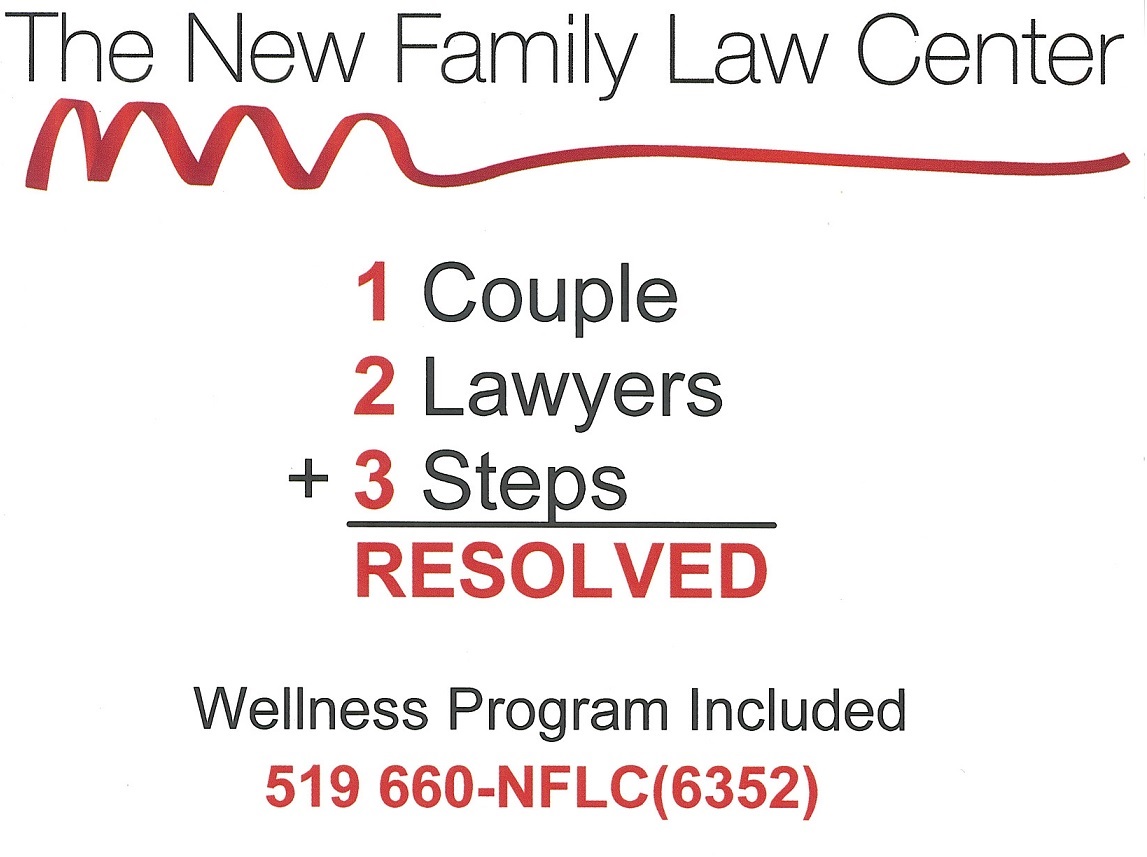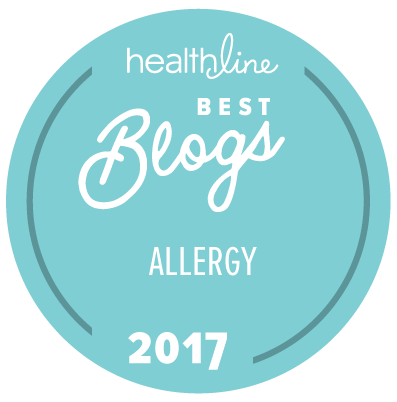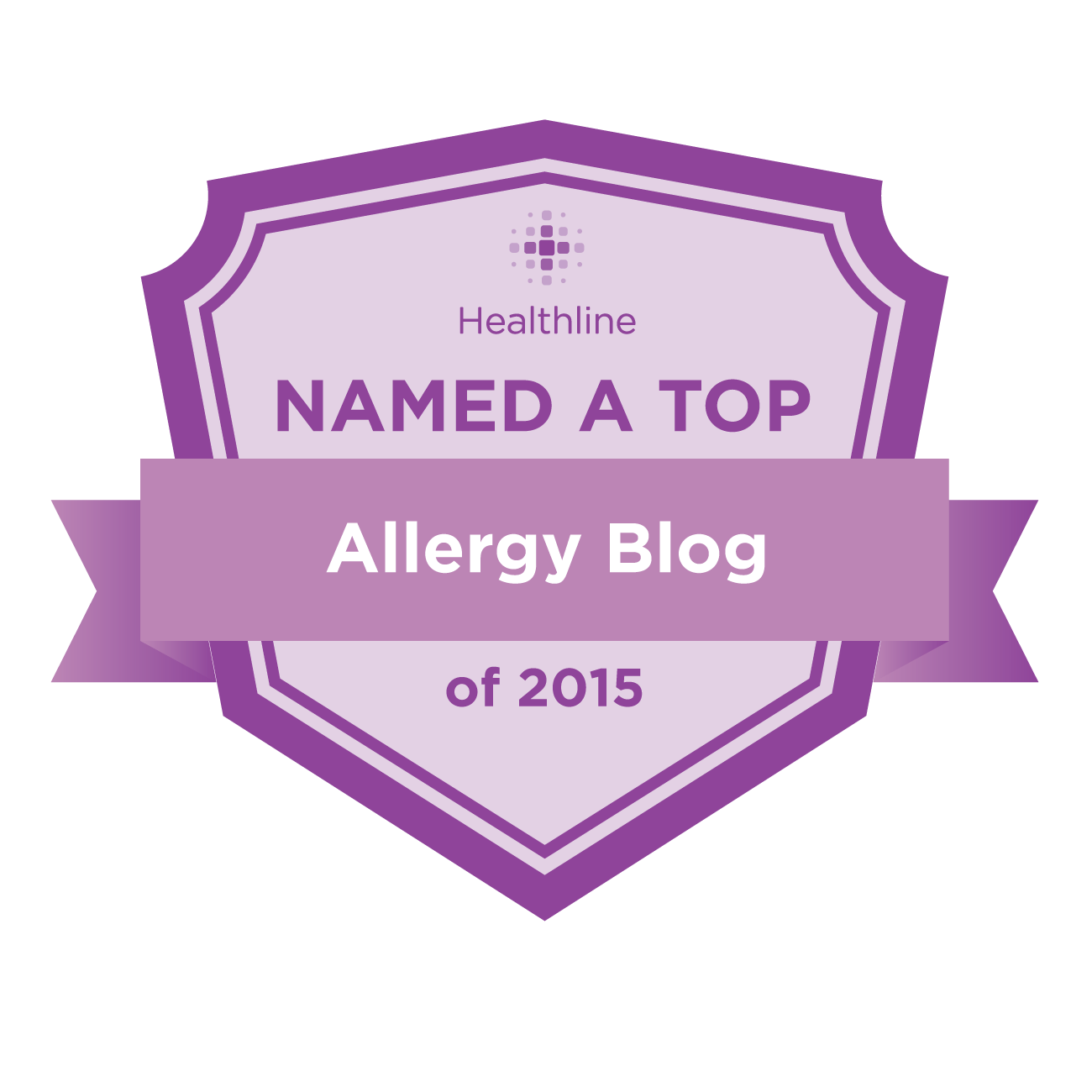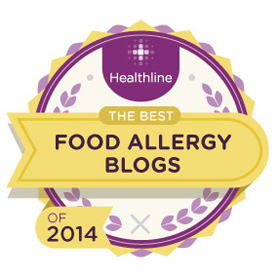
Last Fall, my dog Coco had very itchy ears, which seemed to be bothering her a lot, as she scratched every few minutes. I took her to the vet, and I was surprised to see when he lifted up her ears that she had actually torn the skin on their underside. Coco was given steroid pills, which eliminated the itch within one day. She also had some crusty spots on her skin, and I was told a side effect of the steroid is that Coco might drink too much or feel very hungry, but happily that did not happen to Coco.
She was also given eye drops for a suspected bacterial infection, as she had white discharge in the corner of each eye every morning. Specifically, she was prescribed 6 Dexamethasone tablets (one 0.50 mg tablet each day for 2 days, one half of a 0.25 mg tablet for 5 days, then one half of a tablet every other day until done) and Tobramycin 0.3% eye drops twice daily for seven days.
The vet recommended that I begin giving her omega 3 oil, which may have a result in the long term, so I began that too. I asked veterinarian Dr. Upendra Parmar exactly how that fatty acid works, and I was informed that it can help maintain healthy skin and make it less reactive to allergy.
Dr. Parmar also informed me that rather that steroids like Prednisone or Dexamethasone, an alternative treatment is available called “Atopica ®” by Novartis. It has same properties as used in organ transplant, which suppress the immune system and keep it from fighting itself. This is a long term therapy, as opposed treatment to steroid treatment which should last no more than 3 weeks. UPDATE: We tried Coco on Atopica, and it disagreed with her severely.
All Coco’s symptoms cleared up with those medications, but within one week of ending the steroid tablets, she again had a small sore inside her ear. I took Coco back to the vet and asked what else can I do to stop her symptoms? She can’t be on steroids long term, so what other measures could I take?
A little Cortaid took away the itchy spot, so thankfully she did not need any more pills. My vet suspected that Coco was exhibiting allergy symptoms. As this was happening in the winter, he strongly suspected food allergies, rather than environmental allergies or flea allergies, and we made plans to change her diet. Coco had been eating Royal Canin weight control food and hypoallergenic cookies from Hills. I was surprised when the vet told me he had just learned at a conference that hydrolyzing chicken does not make it non-allergenic, so the cookies were not hypoallergenic at all.
Our vet recommended a “novel protein” diet, meaning a protein not normally in their diet, making it unlikely the pet would be sensitized to it. Dr. Parmar explained to me that Coco had been eating the same protein for too long, making her allergic to it, and a novel protein would give her a break from the allergic reaction. Happily, our insurance pays for 25% of this therapeutic diet, which really helps.
Specifically, Coco is eating Rayne food made of kangaroo, potato, and sweet potato, which she seems to find very delicious. I was told to cut out the omega 3 oils, since they were new her and another potential allergen. I’m happy I was alerted in advance not to be concerned by the black stool that results from consumption of this food: It’s normal for them.
This isn’t the first time we’ve changed her food, and it has to be done a certain way. This time we replaced 1/4 cup of her old food each week with Rayne food instead, so the process took 5 weeks. Her snack time cookies were replaced with kibble instead, and we were careful to match the correct number of calories.
At a vet visit recently, I realized I should stop giving Coco a beef knee cap every week, which I was letting her chew to clean her teeth. Dr. Parmar explained that beef is another top allergen, and it’s best to eliminate it while we have Coco on a novel protein diet. I’m pleased to say that Coco’s eyes have less discharge as a result. She’s now to stay on the Rayne food only for 8 weeks, after which we can introduce one new food item at a time, if we like.
Instead of relying on beef bones to clean my dog’s teeth, Dr. Parmar explained that we should be brushing her teeth or letting her chew a rubber toy instead. He suggested wrapping our finger with a soft cloth and cleaning the outer sides of teeth and after a few weeks beginning to introduce the toothbrush. We should do it on a routine at the same time in the same place, and reward with treats after, with the hope that tartar build up or gum disease will remain stable, rather than progress.
I asked Dr. Parmar how common are allergies in dogs and was told that they’re very very common and there are three main kinds. There is flea/mite allergy where the flea saliva is highly allergenic for some dogs, which is the easiest to control by getting rid of fleas. Next most common is food allergy, followed by environmental allergy, a broad category of 30 to 40 components ranging from house dust to grass pollens, to tree pollens.
You can ask for a referral to a veterinary dermatologist for testing, but it’s quite expensive, so I suggest working with your own vet for blood testing. Also, I learned to keep a calendar noting my dog’s symptoms, to help with the process of elimination. That’s what helped direct our vet to correctly conclude that Coco has food allergies.
I hope the information and tips in this article help other itchy pets like Coco find relief.
UPDATE 24 March 2015:
* Dr. Parmar owns White Oaks Animal Hospital located at 1070 Wellington Road South, London, Ontario at Bradley Avenue 519 204-7826.









Excellent article. I have about 15 years experience training and raising various breeds of dogs, and dealing with dog allergies. Regarding environmental allergens, many indoor dogs develop allergies as a result of exposure to common dust mites (average of 200 live dust mites per gram of dust), mold spores, and lots of other particles, fibers, even airborne chemical residues that also bother the owners.
This is one reason I recommend that anyone with an indoor pet who has allergies to consider cleaning up the air with a quality air cleaner, as this often brings relief to the pet and the owners. To help make this easier, we offer all the best major brands of quality pet air purifiers at lower prices than anyone else online, plus free shipping. For more information on pet air cleaners, just give us a call toll-free at 1-800-701-2513.
Rex Murphy, Owner
Air Purifiers and Cleaners.com
http://www.airpurifiersandcleaners.com/pet-air-purifiers-dander-odor-allergy